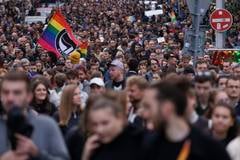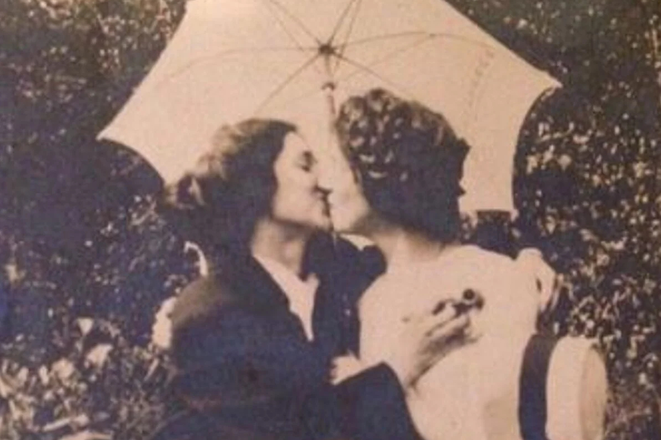Kamila was born in 1948. At the age of 18, she worked at the Prague City Hall and later participated in the "The Right Girl" competition.
"It was the perfect opportunity to conceal that I was attracted to girls," she explained. "When something was called 'perfect girl' or something along those lines, I thought: hurry up, that's great, you would have an alibi. The whole nation was watching," said Kamila in an interview with Czech sociologist Věra Sokolová, who dealt with the life of LGBT+ people during socialism in the book Queer Encounters with Communist Power.
Kamila finished second in the national round. Her participation in the show was a camouflage. No one at work or in her family knew about her sexual orientation. She assumed that no one would have thought that a woman with the ambition of becoming the perfect girl-with everything it entailed in socialist Czechoslovakia-could be a lesbian.
Sokolová notes that by participating in the competition a young woman ensured that no one questioned her "correct", or in other words, majority orientation or identity.

Better to be a prostitute than a lesbian
Camouflage was necessary at work as well.
"Either you had sex with your boss, followed by good pay and conditions, or you were fired for the smallest of things. Everyone paid attention to (sexual orientation) very closely. So I preferred to have the reputation of a prostitute than have anyone know I was into girls. I sat in the lap of drivers, I flirted with the leaders of the (communist) party all the time. I was the biggest coquette in town. But it worked," recalls Kamila.
A strict dress code was also prescribed at work. Women wore skirts or dresses. Kamila hated both, but it helped her fit in with her heterosexual colleagues. Plus, she was lucky that her Austrian friend was a seamstress, so she always looked like a cover model.
“All the other women at work envied my style. Who would dare question my sexuality when they looked at the best of them all?” Kamila continues.
In the article you will find:
How female homosexuality was perceived.
The punishment for female homosexuality during the first Czechoslovak Republic.
The life of lesbians during socialism.
How lesbians coped with society's attitudes.
Why female homosexuality more overlooked than male homosexuality.
During socialism, there was the prevailing idea that homosexual women looked more masculine and homosexual men were effeminate.


 Some women were more than just friends. (source: Archive of Katarína Nádaská)
Some women were more than just friends. (source: Archive of Katarína Nádaská)